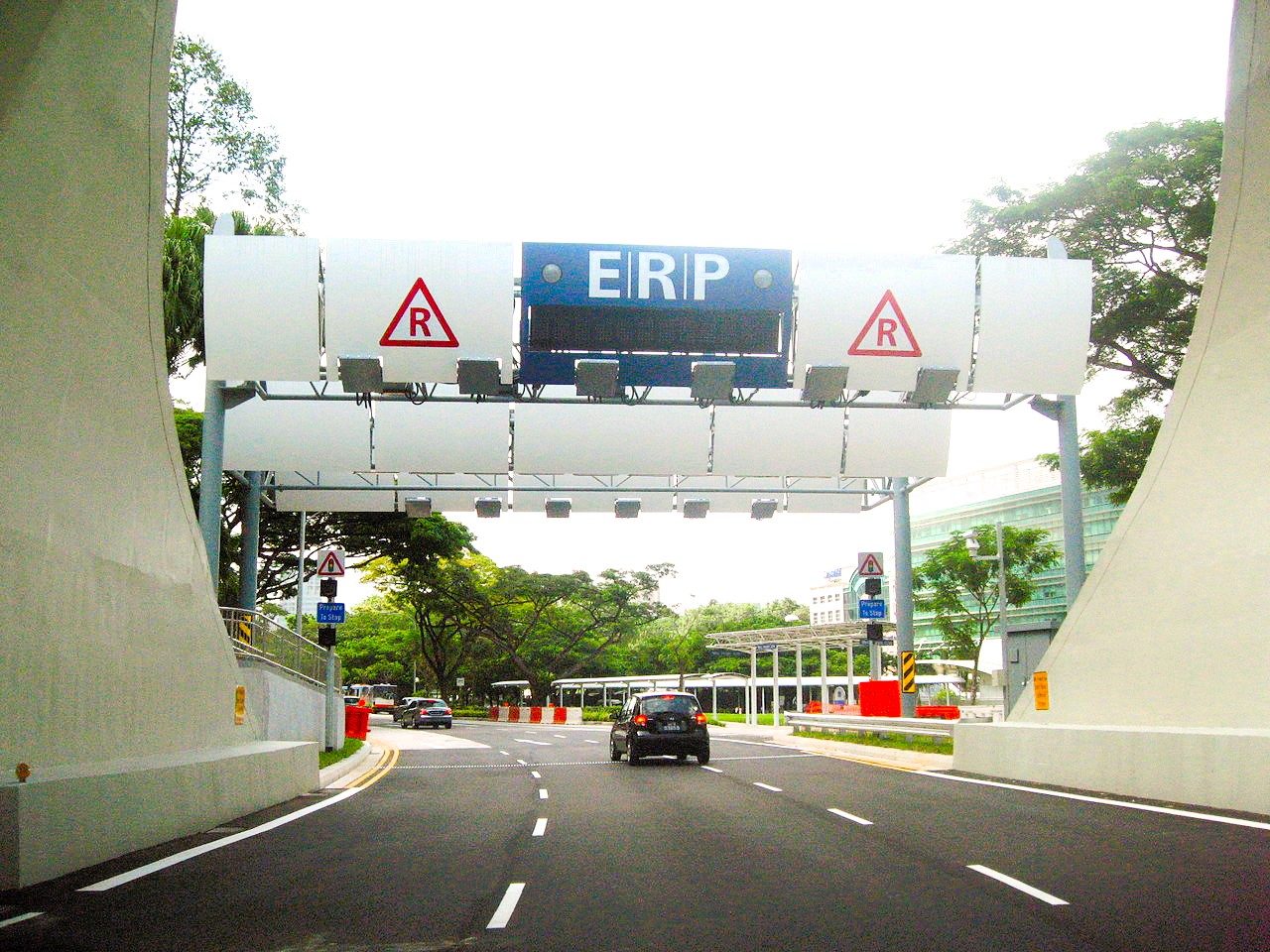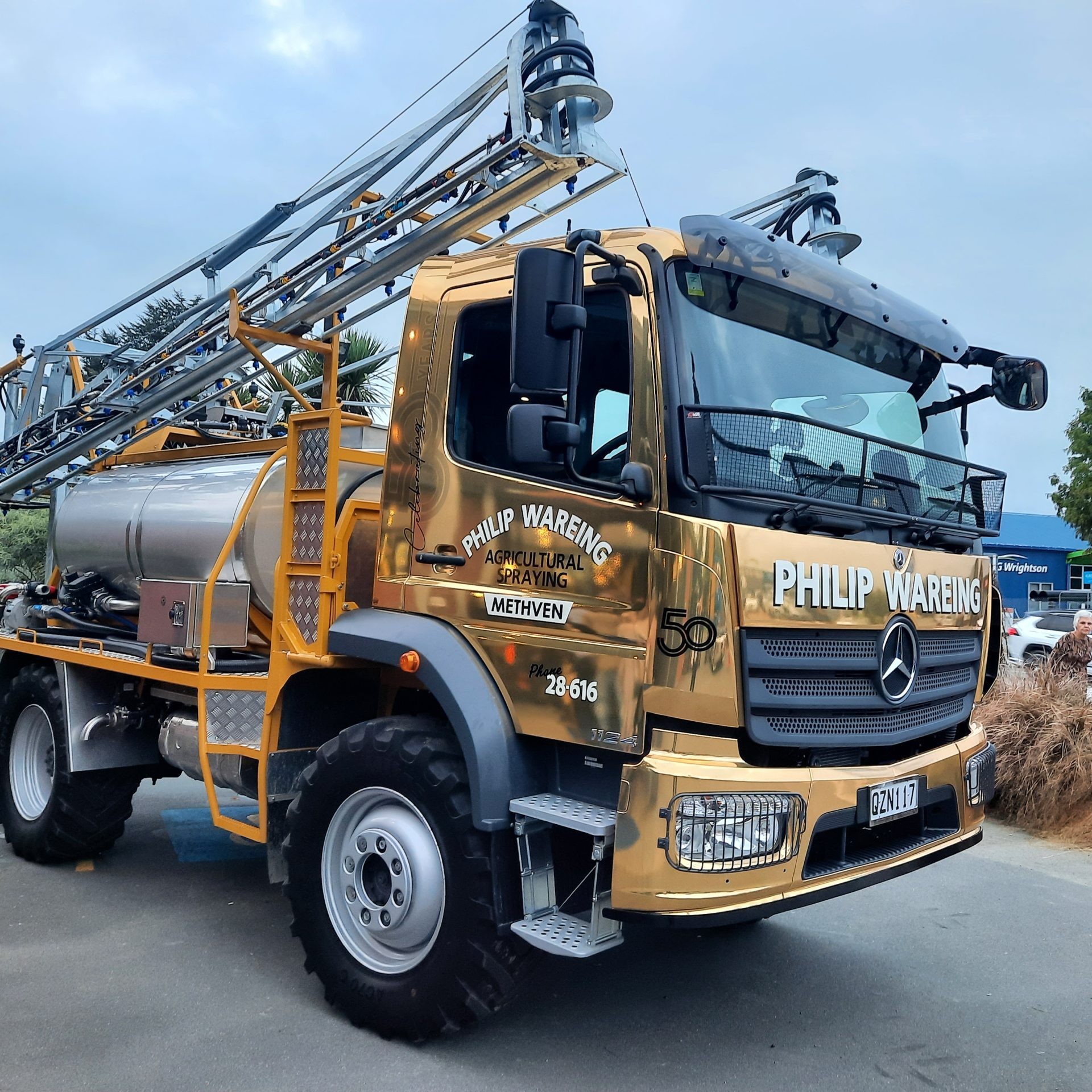
Technology offers huge potential to improve New Zealand’s transport system – but it baffles me that we appear well behind the eight-ball compared with overseas.
Transporting New Zealand supports congestion charging and road user charges to pay for roads; however, it’s important that charges are managed efficiently and fairly. A recent study shows that the road transport industry is paying a much greater share of its public sector infrastructure and service costs than other road users.
We’ve seen the fanfare about the new Commercial Vehicle Safety Centres and their use of high speed weigh-in-motion (WIM) and how cameras and automatic number plate recognition (ANPR) will interface with other databases to check compliance with the likes of RUC and CoF. There are plans to have 12 of these operating around the country.
However, WIM and ANPR technology is hardly new. I recall visiting Police weigh sites in Johannesburg in 2006 that had similar technology. High-speed WIM is used to redirect trucks into a weigh station for a low-speed WIM run for greater accuracy and if they passed they continue on their way or if not they are manually weighed. That station even had an off-loading area which had forklifts on site to redistribute loads if necessary!
Even petrol stations have been using ANPR for years, in their case for frictionless pay or to identify vehicles that have previously driven off without paying.
In 10 years’ time it concerns me that there will be much smarter ways of knowing a truck’s weight and whether they have a current COF and have paid their RUC and there is considerable risk a large part of the current investment will be obsolete.
Wellington Motorway’s Automated Traffic Management System is another example where we appear to have been landed with a half-baked technology. The intention when it was installed was that cameras and digital analytics would set the speed limit to a safe speed relative to the amount of traffic. If speed setting is well-managed it optimises traffic flow rate. However, I regularly use that route and during peak flows, and for reasons beyond me, the speed limits displayed are routinely inconsistent with the amount of traffic.
Media reported this week that Wellington City Council is planning to use a British company to provide AI sensors to monitor all types of transport. The council says the data will be used to design roading that accommodates more types of transport and ensures all users can share roads safely.
Yet readily available technology on your smartphone such as Google Maps or similar software already measures traffic flows and displays the estimated journey time to your destination, pretty accurately. Do ratepayers really need the expense of more monitoring equipment so better road can be built?
I firmly support deploying good technology to resolve problems, but too often I see new solutions looking for problems to solve.
National, if elected, plans to remove the current clean car discount and penalties for less fuel-efficient vehicles, and bring in road user charges for EVs from the end of next March. While that will probably discourage the uptake of EVs in the short term, it is inevitable it will happen at some time – and funding for roading improvements has to come from somewhere.
Congestion charging and road pricing are areas where real improvements could be made within a short time frame. To their credit, some areas, such as Tauranga, are starting to float the idea of congestion charging. Overseas, in countries such as Australia, Singapore, South Africa, Europe, the UK, and the United States, automated charging for road users has been in place for decades. A video camera scans a sticker on your windscreen and a software program automatically deducts the appropriate fee from your account.
Why can’t we do that here? We don’t need scanners on all roads, but they would be useful on some of our major motorways and main roads where congestion is already a big problem.
Congestion charging for cars may encourage wider use of public transport, freeing up roads for essential freight – a good thing. But public transport needs to be better and more user friendly. Why do I need a Snapper card for the train – the prepay ticket Wellington’s public transport – why can’t I use my Eftpos card?
We need a coordinated national transport technology strategy and an agile legislative framework that enables us to get on with real action now and is future-proofed. Transporting New Zealand is calling on all political parties to commit to our Election Platform and make transport a priority. We can’t continue being held up by government departments and agencies that won’t make change.
Kiwis used to pride themselves on being innovative and embracing new ways of doing things but it seems we are either now too timid or stuck in a bureaucratic quagmire.
Technology is sometimes overhyped, or regarded with scepticism, but it can definitely help with many of the challenges we currently face – we should at very least be taking advantage of proven ways to improve our transport network. Otherwise, we will get left behind in the dust.


